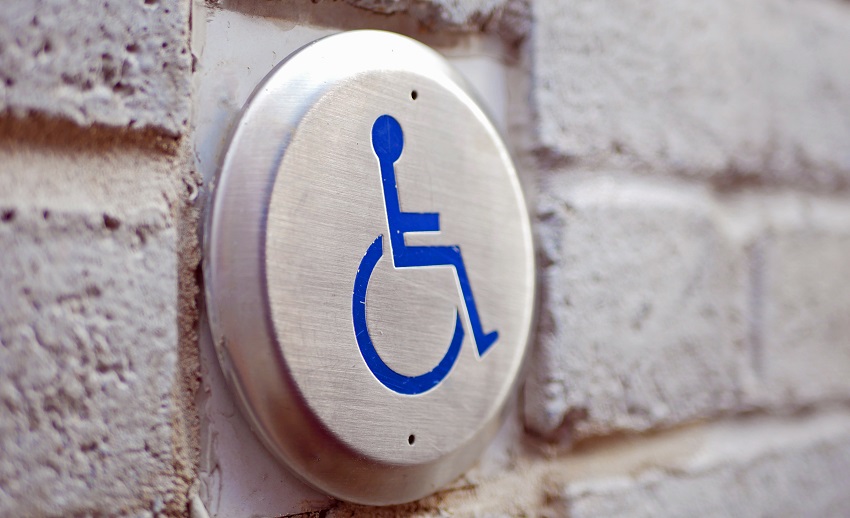The Business Disability Forum (BDF) has published a new guide showing how businesses worldwide can make their built environments accessible to the one billion people who have a disability.
Having a disability can affect how a person accesses, navigates and uses the spaces and structures around them. The guide will help make accessible built environments, including entrances, exits, stairs, lifts, signage, parking, green spaces, roads, and transport systems.
Sponsored by HSBC, ‘Access for all: Creating inclusive global built environments’ is a timely report which aims to help businesses think about how they build back better post-COVID-19. The research considers the needs of disabled people when accessing spaces, whether as a visitor, employee, customer, client or contractor. It also highlights the vital role of an inclusive design approach in creating environments that work for everyone.
The Business Disability Forum guide covers:
- What is an inclusive built environment?
- Why creating inclusive environments is important for disabled people and business.
- The challenges facing global businesses when creating accessible and inclusive spaces.
- How to create an inclusive built environment strategy.
The guidance is for anyone involved in influencing and making decisions about an organisation’s built spaces, especially globally. This includes senior leaders, estate management teams, health, safety and environment professionals, and HR and diversity and inclusion professionals.
Several Business Disability Forum Members and Partners helped inform the research, including HSBC, GSK, Unilever, Freeney Williams, State Street, and Eli Lilly.
Why inclusive environments are important
Speaking about the importance of the new report, Diane Lightfoot, CEO of Business Disability Forum, said:
“Everyone should be able to access buildings and enjoy spaces, regardless of disability.
“Creating spaces which are inclusive and accessible for people with disabilities can also help businesses attract and retain employees and customers. Increasing efficiency and productivity, supporting sustainability, ensuring legal compliance, and enhancing the reputation, are just some of the benefits for business of building inclusively.
“We know that developing a global built environment strategy can present challenges, and the size of the task can seem overwhelming. We hope our new guide will give businesses the courage to take the first step and the tools to create spaces that work for everyone – wherever they are in the world.”
The challenges facing businesses
Based on the experiences of leading global organisations, the guide details the key challenges that businesses can face when creating inclusive spaces at a global level. These include:
- Securing senior buy-in.
- Diversity of location.
- Diversity of cultures, beliefs, and languages.
- Conflicting disability requirements.
A global built environment strategy
The research also offers guidance on how to overcome these challenges through the creation of a global built environment strategy. The guidance advocates for a framework which:
- Balances global consistency with local flexibility
- Focuses on inclusive design and genuine user engagement.
- Draws on best practice.
HSBC sponsored the research. Michelle Hey, Global Head of Corporate Services, HSBC, said
“The benefits of accessible and inclusive workplaces are multiple and well-proven. They support improved customer service, employee engagement, and the recruitment and retention of talent.
“The guidance provided by Business Disability Forum in this report is an excellent way for all organisations to embrace the change that is needed. That’s why HSBC is a proud sponsor of this report, and I would like to thank Business Disability Forum and all those who contributed to its development for the clear and pragmatic advice it provides.”
‘Access for all: Creating inclusive global built environments’ can be accessed on Business Disability Forum’s Knowledge Hub.









